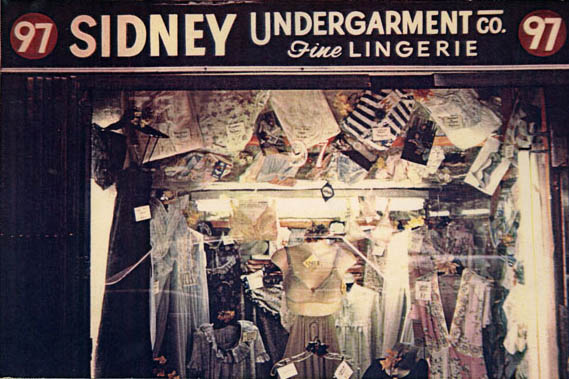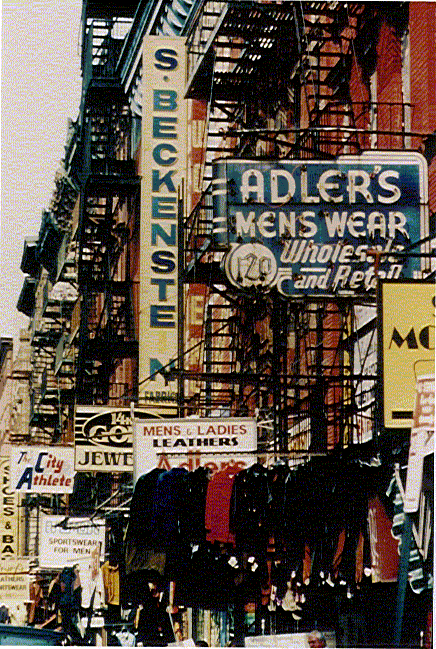Blog Archive
Delancey: Deal or No Deal?
November 17, 2015
The time is upon us once again to embark on those treacherous missions all over town to wait in never-ending lines to ensure we find those ‘perfect gifts’ for the ones we love. Or is it?
For many people, holiday shopping has been a leading cause of stress during the months of October to December. Battling for bargains and scoring ‘sale’ items is not specific to the Holiday season, and it’s no task for the weary. Generations of immigrants here in New York City have mastered this art form right here on the front lines of the Lower East Side.
Flash back to the mid-19th century when single-family homes were superseded by multi-family tenements. Immigrants began to flood the streets, and so did their trades, products, and specialties. The ability to immigrate to America, speak no English, and open your own business inspired still more hopeful arrivals. This influx of immigrants to New York City, more specifically the Lower East Side, sparked unprecedented demand for supplies and amenities to keep the city’s workforce clothed, fed, and able to survive in this strange new land.
Merchants began to sell their goods out of baskets, which evolved to pushcarts. Pushcarts dominated the streets of the Lower East Side until they were outlawed in the 1930s, but this was not the end of retail on the Lower East Side. Markets opened by Mayor LaGuardia provided a haven for a few lucky pushcart vendors exiled from the streets. Throughout the neighborhood’s history, vendors with means had opened basement shops in the tenements themselves.
But the neighborhood continued to grow. More immigrants brought more demand, and more potential for success. Max Feinberg, a local business man, purchased 86 Orchard Street in 1928 and began participating in a retail tradition still in evidence today. Feinberg provided ready-to-wear children’s clothing, and sold them at wholesale prices on the ground floor of his building, while holding his office on the 2nd floor and storage on the 3rd. This practice became increasingly prominent in the neighborhood as these family businesses grew.
Many immigrant-owned shops were successful in the neighborhood and have been passed down within families for generations. A mutual understanding and respect between merchants formed a balance between their short-term interests with the long-term interests of the entire neighborhood, creating harmony that kept competition between vendors in check. New Yorkers flocked to the Lower East Side, knowing that their haggling skills could get them the best prices in the city for all of their family’s needs.
In the 1930s, as residents started moving out of the tenements, these shopkeepers remained, keeping Orchard Street and the Lower East Side vibrant with visitors to the neighborhood. The storefronts remained vital, keeping the neighborhood’s streetscape and the buildings alive.
Flash back to the present. The Lower East Side is not the bustling bargain-hunting battlefield it once was, but independent boutiques are sprouting up on every other block, catering to new customers who are coming to shop in the neighborhood. Family-owned businesses that once ruled the neighborhood continue to line the sidewalks of Orchard Street (the city offers a trip down memory lane every Sunday, as it blocks off the street to cars, and opens it up to deal-seeking shoppers).
Even as the neighborhood continues to change, shoppers themselves are changing the way they purchase goods; while some prefer to frequent stores that can solve all of their shopping needs under one roof, others watch their shopping carts fill up as they ‘click’ the day away. But for those shoppers who prefer a more intimate shopping experience, the Lower East Side is still a shopper’s paradise, changing with the times while somehow still staying the same.
– Ryan Jensen, Evenings Events Coordinator at The Lower East Side Tenement Museum

